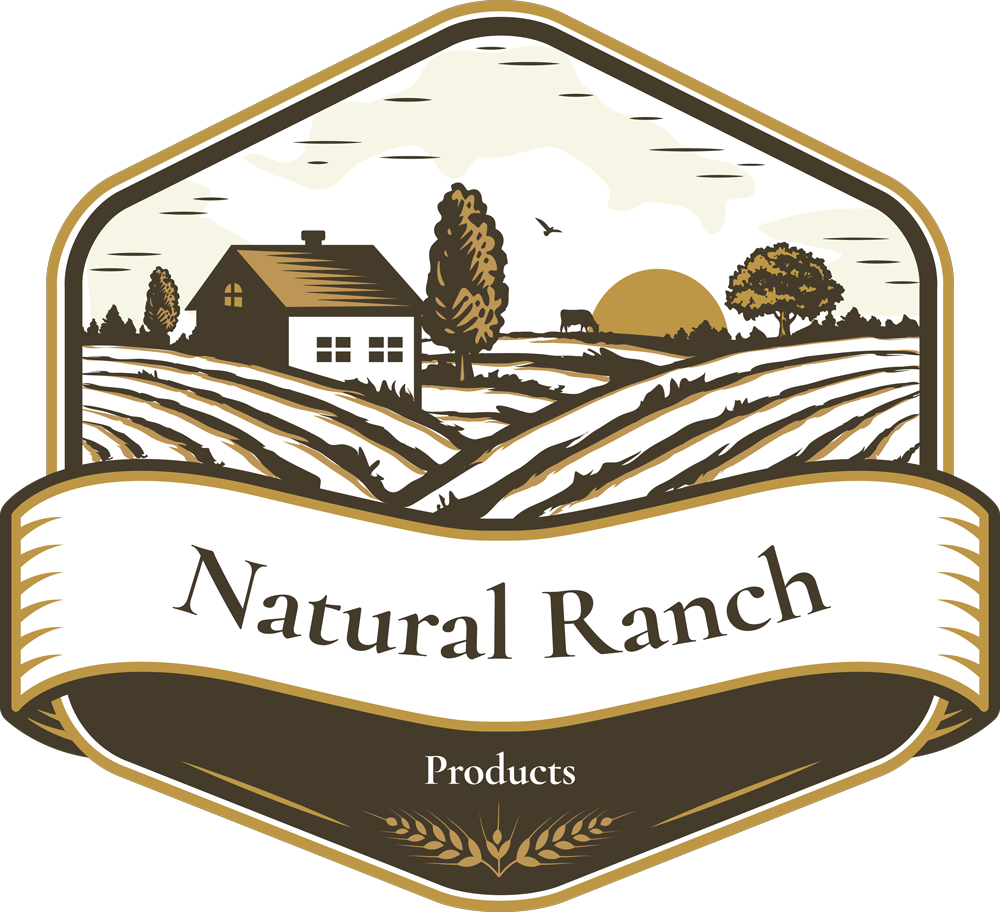Understanding Cushing’s Disease in Horses: A Comprehensive Overview
Welcome to the Natural Ranch Products blog, where we aim to provide you with valuable information about equine health and wellness. In this post, we will delve into the topic of Cushing’s disease, also known as pituitary pars intermedia dysfunction (PPID), and shed light on its effects on horses. We will explore the various health issues associated with Cushing’s disease, and how it can impact the overall well-being of our equine companions.

What is Cushing’s Disease?
Cushing’s disease is a common hormonal disorder that primarily affects older horses. It is caused by a dysfunction of the pituitary gland, which leads to an overproduction of cortisol — the stress hormone. The excessive cortisol production disrupts the body’s normal metabolic processes and can result in a range of health issues.
Symptoms of Cushing’s Disease:
Recognizing the symptoms of Cushing’s disease is crucial for early detection and intervention. Some common signs to watch out for include:
1. Abnormal hair growth and shedding patterns: Horses with Cushing’s disease may develop a long, curly coat that fails to shed adequately, even in the warmer months.
2. Increased thirst and urination: Excessive drinking and frequent urination can be indicators of Cushing’s disease.
3. Weight loss and muscle wasting: Horses affected by Cushing’s disease often experience difficulty maintaining a healthy weight and muscle tone.
4. Laminitis: This condition, characterized by inflammation in the hooves, is a frequent complication of Cushing’s disease. Laminitis can cause lameness and severe discomfort for the horse.
5. Recurrent infections: The immune system of horses with Cushing’s disease is compromised, making them more susceptible to infections, including respiratory and urinary tract infections.
Health Issues Associated with Cushing’s Disease:
Cushing’s disease can have wide-ranging effects on a horse’s health. Here are some of the primary health issues associated with the condition:
• Laminitis: As mentioned earlier, laminitis is a painful condition that can result from hormonal imbalances caused by Cushing’s disease. Proper hoof care, pain management, and dietary adjustments are vital to managing this condition.
• Increased susceptibility to infections: The immune system of horses with Cushing’s disease is weakened, making them more prone to infections. Prompt veterinary care and a focus on maintaining a healthy immune system through proper nutrition and vaccination protocols are essential.
• Weight loss and muscle wasting: Cushing’s disease can lead to muscle wasting and weight loss, even in horses with a good appetite. Balanced nutrition, regular exercise, and appropriate medication can help manage these issues.
• Hyperglycemia and insulin resistance: Horses with Cushing’s disease often develop insulin resistance, which can lead to elevated blood glucose levels and an increased risk of developing equine metabolic syndrome (EMS). Monitoring blood sugar levels, dietary management, and exercise play a crucial role in managing these conditions.

Cushing’s disease is a complex hormonal disorder that requires careful management and veterinary attention. By staying vigilant for the symptoms and addressing them promptly, horse owners can provide the necessary support and care to their affected animals. Through a holistic approach that includes proper nutrition, regular exercise, and adherence to veterinary guidance, we can enhance the well-being and quality of life for horses with Cushing’s disease.
Remember, if you suspect that your horse may have Cushing’s disease, consult your veterinarian for a proper diagnosis and to discuss the most appropriate treatment options. Together, we can ensure that our equine companions receive the best possible care and support in their battle against this challenging condition.





